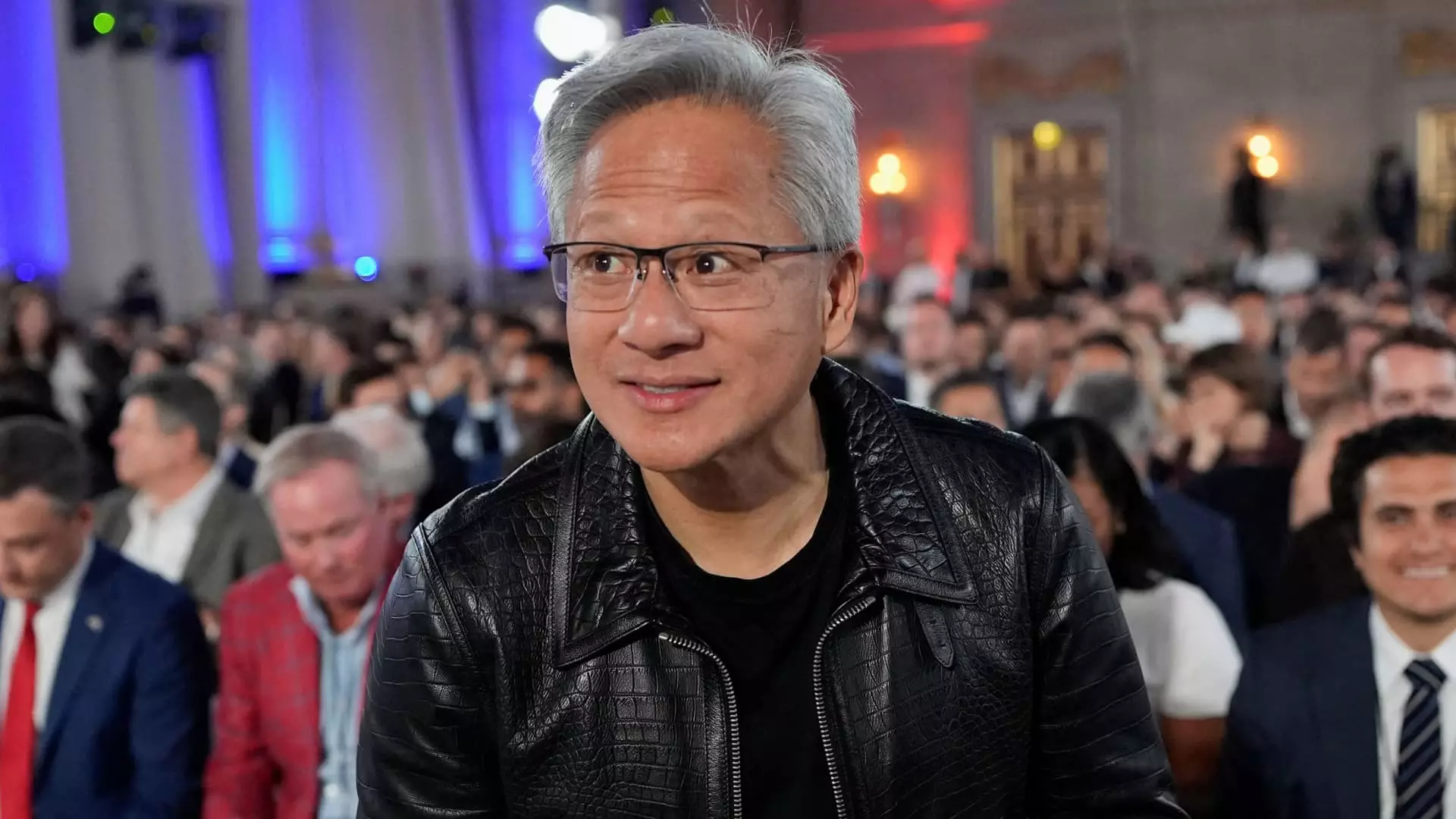Nvidia’s recent injection of over $900 million into Enfabrica, including the acquisition of leadership and licensing of proprietary technology, signals much more than a typical corporate expansion. At first glance, such a hefty investment appears to affirm Nvidia’s dominant positioning in the rapidly evolving AI hardware landscape. However, a deeper critique reveals a complex dance of strategic maneuvering that ultimately raises questions about sustainability and genuine innovation. Is Nvidia genuinely pushing the boundaries of AI technology, or is it simply consolidating its market power through strategic acquisitions disguised as innovation?
This move echoes the pattern observed in recent tech giant behaviors, especially in the AI sector—where acquisitions and talent raids have become commonplace. Meta’s almighty spendings, Google’s hefty licensing deals, and Microsoft’s strategic hires all reflect an industry increasingly obsessed with control rather than invention. Nvidia’s hefty investment in Enfabrica appears to be a calculated effort to lock in critical infrastructure technology—woven tightly into the fabric of future AI systems—rather than a genuine commitment to groundbreaking innovation from within.
Acquihires: The Double-Edged Sword of Industry Dominance
The broader industry trend of “acquihires”—where companies acquire startups mainly for their talent—underscores the desperation of giants to stay ahead without necessarily developing the technology in-house. While such deals may superficially appear as investments in innovation, they often serve as strategic battlegrounds for market dominance and market share expansion. Nvidia, historically a hardware juggernaut whose biggest acquisition was Mellanox, now joins the chorus of giants expanding through talent raids and licensing arrangements rather than organic product development.
By acquiring Enfabrica’s leadership and licensing its core tech, Nvidia effectively shields itself from potential disruptions in the AI hardware supply chain. But at what cost? The questionable long-term value of systems that depend heavily on tightly controlled proprietary tech risks creating stifling monopolies that hinder open competition and technological diversity. The sector should question whether Nvidia’s moves truly embody a spirit of innovation or serve to fortify its already formidable market moat.
The Illusory Promise of Hardware Revolution
Unlike earlier Nvidia products like the A100, which merely connected servers via a single GPU, the company now pushes integrated rack systems with dozens of GPUs working in tandem. This evolution is undoubtedly impressive, but it also reflects a trend of incremental upgrades rather than disruptive breakthroughs. The reality is that much of the apparent technological progress is visually marketed as revolution, yet often relies on layers of proprietary clout rather than open-ended innovation.
Enfabrica’s claim to connect over 100,000 GPUs into a cohesive whole could enhance current AI infrastructure, but it also exemplifies the risk of technology becoming increasingly opaque and reliant on specialized, closed systems. A truly progressive approach would emphasize open standards and interoperability—principles that now seem to be secondary to Nvidia’s desire to retain control over AI hardware architectures.
The Power Dynamics Behind AI Talent Acquisition
The theme of elite talent acquisition as a shortcut to technological dominance underscores a broader inadequacy: the inability or unwillingness of established corporations to foster genuine innovation organically. The recent trend of tech giants spending billions to acquire startups or top engineers—whether via Facebook’s Meta or Google’s Windsurf deal—demonstrates an industry fixated on quick gains instead of long-term research investment.
This strategy feeds into the myth that market leadership is predominantly about talent and funding—not about fostering a diverse ecosystem of innovation. The danger lies in a consolidated landscape where a handful of players monopolize key AI hardware and infrastructure, reducing the space for truly novel ideas to emerge organically. Nvidia’s large bets on licensing and talent acquisition risk locking in a strategy that stifles competition and discourages smaller players from meaningful innovation.
Market Consolidation and the Illusion of Progress
The recent mammoth investments—Meta’s billions, Google’s deals, Nvidia’s multi-billion stakes—manifest a troubling pattern of market consolidation under the guise of technological progress. These moves, while rhetorically justified as advances for AI development, are symptomatic of an industry struggling with existential legitimacy. Companies are increasingly reliant on buying their way into innovation rather than cultivating it internally, creating a fragile ecosystem driven by corporate greed rather than shared progress.
The veneer of innovation is maintained through spectacle—big deals, new hardware racks, and licensing arrangements—that distracts from the underlying concern: today’s AI hardware landscape is increasingly closed off, expensive, and inaccessible to the broader ecosystem of developers and researchers. The long-term consequences threaten to entrench a monopolistic mindset that prioritizes control over collaboration—a fundamental betrayal of the open, participatory ideal that should underpin technological progress.
In this context, Nvidia’s recent actions seem less like a push for genuine hardware innovation and more like an aggressive move to entrench its empire—one built on strategic talent acquisition and proprietary systems. Whether this paves the way for a more robust AI infrastructure or simply consolidates already immense power remains an open question, but the signs suggest caution and skepticism are warranted.


Leave a Reply